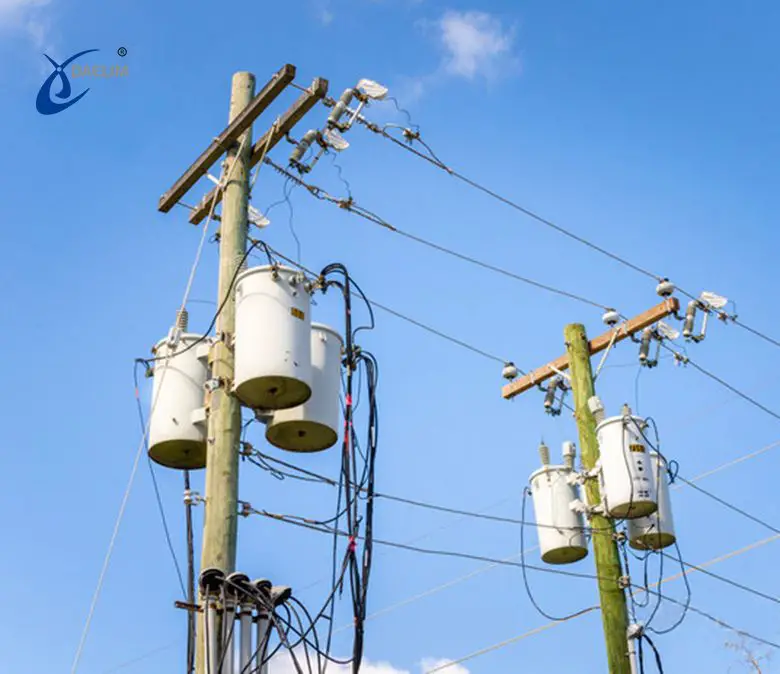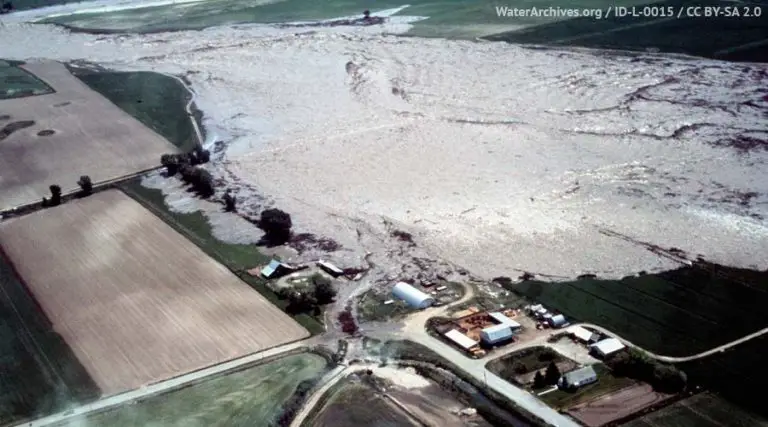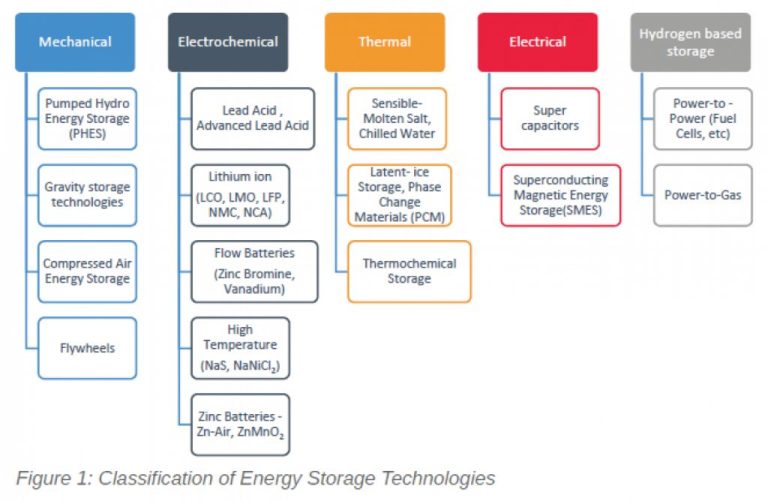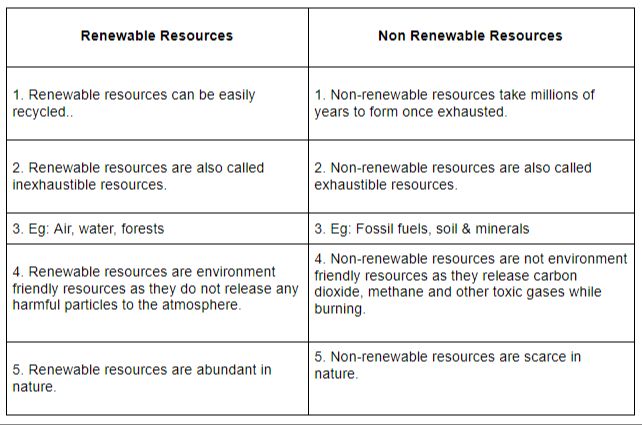How Does Electricity Flow To Your House?
Electricity is a form of energy that is essential for modern life. We rely on electricity to power our homes, businesses, schools, hospitals, and much more. But how exactly does electricity get from power plants to the outlets in your home? This article will provide an overview of the journey electricity takes to reach your house.
Electricity starts its journey at power plants where it is generated. From there, it travels through transmission lines at very high voltages for efficiency over long distances. The voltage is lowered at substations before entering local distribution lines that bring electricity to neighborhoods. Right before entering homes, transformers further reduce the voltage to safe usable levels. The electricity then passes through a service drop and meter before finally reaching your electrical panel and the outlets in your walls.
Electricity Generation
Most electricity is generated at power plants using coal, natural gas, nuclear power, hydropower, wind or solar power. Power plants convert one of these energy sources into electricity through various processes.
At coal power plants, coal is burned to heat water, producing steam that spins large turbines connected to generators that convert the mechanical energy into electrical energy. Similarly, natural gas power plants burn natural gas to turn water into steam and spin turbines.
At nuclear power plants, nuclear fission reactions produce intense heat that boils water to create steam to spin turbines. Dams at hydropower plants allow water to flow through and spin turbines connected to generators.
Wind power uses large wind turbines with blades that are pushed by the wind, rotating a shaft connected to a generator to produce electricity. Solar power plants use solar panels containing photovoltaic cells that convert sunlight directly into electrical current.
Transmission Lines
After electricity is generated at power plants, it needs to be transported long distances to reach homes and businesses. For efficient transmission over long distances, the electricity is stepped up to very high voltages.
Electricity is moved from power plants to substations on transmission lines. These are the large, high towers with cables that you often see stretching across the countryside and looking like giant metal web.
Transmission lines consist of aluminum conductors suspended by steel reinforced cables on large pylons. They carry electricity at voltages ranging from 69,000 volts to 765,000 volts. At this high voltage, the current can travel hundreds of miles with little energy loss.
Step-up transformers located at power plants increase the voltage to these high levels for transmission. Later step-down transformers will reduce the voltage for safe distribution and final use.
Substations
Electricity travels long distances across high voltage transmission lines from power plants to substations located near towns and cities. Substations serve as the transition point between transmission and distribution systems. Inside substations, electricity goes through transformers that reduce, or “step down,” the voltage from transmission level to distribution level.
These step-down transformers are necessary because the high voltages used for efficient transmission over long distances would be dangerous for distribution near homes and businesses. Substations have multiple transformers to divide power among different distribution lines running to neighborhoods and commercial areas. By stepping voltage down to safer levels, substations and their transformers make it possible to provide electricity to end users.
Distribution Lines
After the electricity leaves the substations, it travels through distribution lines to bring power to local neighborhoods and communities. The distribution lines carry electricity at lower voltages than the high-voltage transmission lines that come from power plants.
The electricity from the transmission system is stepped down by transformers at substations to safer levels before entering distribution lines. This allows electricity at voltages like 12,000 volts to be distributed on poles and wires around neighborhoods. Without stepping down the voltage, the distribution lines would be dangerously high voltage.
These distribution lines run along streets and through communities, with transformers placed intermittently along the lines. The transformers continue to step down the voltage to even lower, safer levels as it gets closer to homes and businesses.
Transformers
Transformers are a critical component in the journey of electricity from power plants to your home. As electricity travels from the transmission lines to the distribution lines that run through neighborhoods, the voltage must be stepped down again through transformers.

There are two main types of transformers used on the local distribution grid: pole-mounted transformers and pad-mounted transformers.
Pole-mounted transformers are installed on utility poles along residential streets. They take the higher voltage from distribution lines and convert it to 120 volts that is safe for use in homes. These transformers can serve anywhere from 1 to 10 homes.
Pad-mounted transformers are installed at ground level and serve a similar purpose. They are larger than pole-mounted transformers and serve entire residential and commercial areas. The incoming high voltage is converted to 120/240 volts for safe use by customers.
Whether pole or pad mounted, transformers play a key role in reducing electricity voltage to safe usable levels as it reaches homes and businesses from the transmission system.
Service Drop
The service drop is the final stage that connects your house to the electrical grid. It is the cable that runs from the nearest utility pole or underground transformer to your home’s meter and electrical panel. The service drop consists of thick wires encased in weatherproof insulation to protect it from the elements.
For an overhead service drop, the cables will run from the pole down the side of your house, attaching somewhere along the way. For an underground service drop, the cables run through a conduit underground over to your home. The service drop conductors are usually aluminum for overhead lines and copper for underground lines.
The size of the service drop will depend on the amperage rating required for your home’s electrical needs. A typical residential overhead service drop is 120/240 volt, 200 amp service. The service drop wires connect to your home’s meter base and electrical service panel, providing the final step in delivering electricity safely into your home.
Electric Meter
The electric meter is a device installed outside homes and businesses that measures how much electricity is used. It works similarly to the odometer in your car – tracking energy use over time. Electric meters connect to the utility’s distribution lines and measure two things:
– Kilowatt-hours (kWh): The total electric energy used. This is a measure of power over time, calculated by multiplying the number of kilowatts used by the number of hours it was used. For example, a 1,000 watt appliance used for 5 hours would consume 5 kWh.
– Demand: The maximum rate of electric consumption over a short period, usually 15 minutes. This measures the largest power draw at any moment.
Utility companies read residential electric meters monthly to determine the home’s energy usage since the last read. This usage is multiplied by the utility’s rate per kWh to calculate the monthly electric bill.
Smart meters can transmit readings wirelessly to the utility company in near real-time, allowing for more detailed tracking of energy use. Some even connect to home energy monitoring systems, so consumers can closely analyze their consumption. Whether basic or high-tech, the electric meter is the key device measuring your home’s vital electricity supply.
Electrical Panel
The main electrical panel, also known as the breaker box, is usually located inside your home and distributes electricity to the various circuits running throughout the house. The panel contains a main shutoff breaker as well as individual circuit breakers that serve specific parts of the home. Each circuit breaker protects the wiring and outlets on its circuit by shutting off power if there is an overload or short circuit.
Inside the electrical panel, you’ll see rows of circuit breakers with wires connected to them. The incoming service wires bring power into the main breaker, which then connects to the bus bars running vertically in the panel. The bus bars distribute power to all the branch circuit breakers. Neutral wires also attach to a separate neutral bar.
The number of circuit breakers depends on the size of the home and electrical requirements. A typical 200 amp panel may have 20-30 circuit breakers. Each breaker is labeled to indicate which room or appliance it controls. Common circuits include lighting, wall outlets, major appliances, air conditioners, electric heaters, and more. The amp rating of the breaker matches the capacity of the circuit wiring.
It’s important to regularly inspect your electrical panel and schedule any needed maintenance with an electrician. Signs of trouble include frequently tripped breakers, scorch marks, rust, or insulation damage. Upgrading to a larger panel may be necessary for older homes with insufficient capacity. Proper electrical panel operation is essential for power distribution, circuit protection, and home electrical safety.
Conclusion
As we’ve learned, electricity makes an incredible journey to reach your home. It starts at power plants where electricity is generated. From there, it travels along high voltage transmission lines to substations where the voltage is stepped down. The lower voltage electricity continues along distribution lines supported by utility poles and eventually makes its way to your neighborhood.
Near your home, a transformer further reduces the voltage to a safer level before the electricity enters your electrical panel through the service drop. Inside the panel, the electricity powers separate circuits that are distributed throughout your home so you can turn on lights, appliances, and devices.
Understanding this journey helps us appreciate the massive infrastructure required to deliver electricity. We often take for granted being able to flip a switch and have light instantly appear. But in reality, extraordinary coordination between power plants, transformers, utility crews, and more is occurring behind the scenes. Reliable electricity is essential for modern life, so we should be grateful for the systems that bring it directly into our homes.







